Kingdom Animalia
Subject: Science

Overview
Animalia is a kingdom of eukaryotic cells that feed on other foods. It consists of nine phyla: Porifera, Coelenterata, Platyhelminthes, Nemathelminthes, Annelida, Arthropoda, Mollusca, and Echinodermata. Porifera creatures, such as Euspongia, Sycon, and Spongilla, are multicellular creatures found in marine water. Coelenterata creatures, like jellyfish, hydra, and coral, have internal hollow chambers called coelenterons, which facilitate movement and eating. Platyphelminthes creatures, like tapeworms, liver flukes, and blood flukes, are parasites with flat bodies and a lack of proper organ systems. Nemathelminthes are parasites that feed on human and animal blood, with cylindrical, elongated bodies and bilaterally symmetrical bodies. Annelida includes earthworms, leeches, and Nereis, found in marshy or wet areas. Arthropoda includes butterflies, crabs, prawns, and centipedes, with distinct sexes and active sexual reproduction. Mollusca includes snails, slugs, cuttlefish, and octopuses with soft bodies, asymmetrical bodies, and muscular feet. Echinodermata include sea cucumbers, sea urchins, and starfish with hard calcareous spines, radial symmetry, triploblastic bodies, tube feet, and spiky skin. These creatures are found in marine or seawater environments and have a high capacity for regeneration. Chordata is the most evolved animal phylum, consisting of creatures with notochords, paired lateral gill holes, and a closed circulatory system. It has four sub-phyla: Hemichordata, Urochordata, Cephalochordata, and Vertebrata. Vertebrata are categorized into five classes: aves, mammalia, pisces, amphibians, and reptilia, based on their physical makeup and developmental stage.
The bodies of all these creatures are composed of eukaryotic cells devoid of cell walls. These creatures feed on other foods. Fish, pigeons, and cows have a spinal column in their bodies; scorpions, earthworms, cockroaches, and starfishes do not. There are many different kinds of animals in this kingdom. The forms, shapes, and body structures of these animals vary. While some animals have hard exoskeletons covering their bodies, others have endoskeletons.
Certain animals have simple body structures, whereas other species have bodies with fully developed systems. There are animals in this kingdom that are devoid of a vertebral column. We refer to them as invertebrates. Vertebrates are animals that have a vertebral column. The animals in the kingdom Animalia that do not have a vertebral column are divided into eight phyla under the five kingdom system: Porifera, Coelenterata, Platyhelminthes, Nemathelminthes, Annelida, Arthropoda, Mollusca, and Echinodermata. Animals belonging to the phylum Chordata have a vertebral column and notochord. Hence, there are altogether nine phyla in the kingdom Animalia.
Porifera
The multicellular creatures in the figure are Euspongia, Sycon, and Spongilla. Seawater, or marine water, is home to them. Their bodies are made of pores. These pores let water into and out of the body. Thus, these creatures are housed in the Porifera phylum. Poriferans or sponges, are other names for these creatures. On the substratum, they can be found attached. This phylum includes creatures like sponges, leucosolenia, hylonema, cliona, etc. General characteristics of animals in this phylum are given below:
- They are the earliest examples of multicellular creatures.
- These creatures lack developed tissues.
- They are referred to as diploblastic animals because their bodies form from two germ layers during the embryonic stage.
- Their bodies contain pores, referred to as the ostia for smaller holes and the osculum for larger ones. Known as the water canal system, the ostia allows water to enter the body and the osculum allows it to depart.
- They breathe by means of their overall body surface.
- Adult forms of them are discovered adhered to the substratum.
- Their capacity for regeneration is strong. In the event that their body unintentionally breaks into parts, each fragment gives birth to a new person.
- They procreate in both sexual and asexual ways. Sexual reproduction occurs when gametes are formed, whereas asexual reproduction occurs through budding and regeneration.
- In certain instances, their bodies exhibit radial symmetry, meaning that they can be divided into equal parts along a variety of longitudinal planes. Most of them are asymmetrical.
Coelenterata
Tentacles are the projections or appendages that emerge from the bodies of the jellyfish, hydra, and coral in the image. Tentacles facilitate movement and eating. They belong to the phylum Coelenterata because they have an internal hollow chamber in their bodies known as a coelenterons. Example: Hydra, Coral. Jellyfish, etc. The following lists the general traits of the creatures in this phylum:
- This phylum contains diploblastic, multicellular animals.
- These animals are the first tissue-graded ones. They have a hollow hole inside their bodies called a coelenteron that resembles an empty jar. Coelenteron is also called gastrovascular cavity since it performs the functions of both digestion and transportation.
- They have a single opening of the alimentary canal, which is called the mouth. The mouth is surrounded by tentacles Their feeding and locomotion take place by tentacles Tentacles contain stinging cells or nematocystswhich help to sting/kill and capture the prey.
- They respire through the general body surface.
- They reproduce both sexually and asexually. Asexual reproduction takes place by budding and regeneration method.
- They are found in ponds, lakes, and seas.
- Their bodies show radial symmetry.
Platyhelminthes
Animals with bodies similar to tape or a flat leaf include the tapeworms, liverflukes, and blood flukes depicted in the image. The majority of the animals in this group are parasites. Within the bodies of other creatures, they find refuge. The phylum platyhelminthes includes these creatures. "Heminthes" denotes worms, and "Platy" means flat. Examples include blood fluke, planaria, Otoplana, Diplozoon, liverfluke, and tapeworm. Generally characteristics of them are:
- They are known as flatworms because of the form of their bodies, which is flat and resembles leaves or long ribbons.
- At the embryonic stage, their body is formed from three germ layers. Thus, these creatures are triploblastic.
- These creatures have mouths on the front and ventral surfaces of their bodies, but they lack anus. Hooks all around the mouth make it easier for them to cling to the host.
- The area around the mouth has suckers that aid in attaching to and absorbing blood and nutrients from the host.
- Their organ system is not properly developed.
- Parenchyma tissue fills the area between the internal organs and the body wall. It facilitates transit. The circulatory system is absent.
- Their entire body surface is how they breathe.
- They are referred to as hermaphrodite or bisexual animals since they possess both male and female reproductive systems in the same body. Internal fertilization occurs.
- Both sexual and asexual reproduction are used by them. Asexual reproduction occurs through regeneration and fragmentation.
- The majority of them are parasites, however some are free-living.
Nemathelminthes
Parasites include pinworms, hookworms, and ascaris. They feed on the blood of both people and other animals. Their bodies resemble worms and are long and cylindrical. Nemathelminthes is their class. For instance, pinworm, hookworm, and ascaris. The following traits apply to species in this phylum:
- The bodies of the animals in this phylum are cylindrical and elongated, with tapering ends.
- Their bodies are bilaterally symmetrical, meaning they may be split into two equal parts.
- They exhibit triploblasticity.
- They have a mouth, anus, and sucker as part of a sophisticated digestive system.
- They do not have a circulatory or respiratory system.
- They breathe via the surface of their bodies.
- They only have one sex.
- They only use sexual means to reproduce. Internal fertilization occurs.
- The majority are parasites. There aren't many free-living things. Disease is brought on by parasites in other species' bodies.
Annelida
In marshy or wet areas, one can find creatures like earthworms, leeches, and Nereis. Their bodies are cylindrical and elongated. and divided metamerically. Earthworms inhabit damp soil and are free-living organisms. Leeches are swamp-dwelling ectoparasites. They take blood from living things. The phylum Annelida is home to all of these creatures. Examples include Nereis, leeches, and earthworms. The following lists the traits of creatures in this phylum:
- Their body is long, cylindrical, and divided into internal and external segments.
- The body is triploblastic and bilaterally symmetrical.
- Their skin is wet.
- They breathe via the skin on their bodies.
- Nephridia is the route by which excretion occurs.
- There is a well developed circulatory system. Their blood contains hemoglobin.
- A nerve ring and nerve cord with nerves make up the nervous system.
- The digestive tract has a mature structure.
- While some of them are unisexual, others are hermaphrodites.
- Their capacity for regeneration is high.
- Some of them are ectoparasites, and they can be found in water and damp areas.
Arthropoda
Butterflies use their wings to help them fly from one blossom to another. Crabs and prawns are aquatic animals, and centipedes have numerous legs. Their legs are joined. Thus, these creatures are members of the phylum arthropoda. The animal kingdom's largest phylum is this one. Instances include prawns, crabs, spiders, bees, centipedes, millipedes, and houseflies. This phylum's animals have the following traits:
- Their exoskeleton, a hard covering composed of chitin, covers their body externally.
- The body is segmented, triploblastic, and bilaterally symmetrical.
- Their body can be divided into the belly, thorax, and head. Cephalothorax is the term for a condition in which the head and thorax merge together. Two compound eyes, paired antennae, and mouth parts are present on the head.
- The legs emerge from the thorax and are joined.I
- Insects often have two sets of wings. On the other hand, certain arthropods only have one pair of wings, or even none at all.
- The sexes are distinct. For sexual reproduction, they are active.
- They breathe via the trachea, gills, or body surface. They inhabit a variety of environments, including air, water, and land.
Mollusca
Muddy soil is home to snails and slugs. Cuttlefish and octopuses inhabit marine environments. Their heads are covered in tentacles. Tentacles have a sensory function and are employed to pick up on environmental cues. They can move about because to their powerful feet. These creatures are so categorized under the phylum Mollusca. They can be found in water as well as on land.Slug, snail, octopus, cuttlefish, unio, etc. are a few examples. This phylum's characteristics include:
- The animals have soft bodies.
- Their body is separated into the mantle, feet with muscles, visceral mass, and head.
- A calcium exoskeleton covers the majority of their body. Upon contact with an object, they conceal their bodies within the rigid exoskeleton.
- The eyes and tentacles are on the head.
- Their body is asymmetrical, meaning it is impossible to split into two equal parts in any way.
- Gliding on the surface or swimming in the water are made easier by muscular feet.
- They breathe through the skin, gills, or pulmonary sac.
- Development occurs in the neurological, circulatory, and digestive systems.
- Most of them are unisexual, while a small percentage are bisexual or hermaphrodite.
Echinodermata
The animals in the image have spiky skin. They are members of the echinodermata phylum. For instance, sea cucumbers, sea urchins, and starfish. The traits of animals in this phylum are as follows:
- Hard calcareous (made of calcium carbonate) spines cover its body externally.
- Animals can be globular, star-shaped, elongated, or spherical, among other shapes.
- Their heads are not differentiated.
- These animals have radial symmetry and are triploblastic.
- Their tube feet allow them to move.
- The digestive tract is formed.
- They use their gills to breathe.
- They only have one sex.
- These animals have sexual reproduction.
- They frequently regenerate.
- Marine or seawater is home to every animal in this phylum.
Phylum: Chordata
The most evolved animals in the animal kingdom are found in this phylum. The phylum Chordata contains all creatures with notochords. This phylum's animals are characterized by the following traits:
- At any stage of development, they have a developed, elastic, rod-like notochord between the alimentary canal and nerve cord.
- During the embryonic stage, paired lateral gill holes are located on either side of the throat.
- The neural tissue located in the spinal canal is hollow and tubular.
- There are muscles all along the skeleton.
- Their circulatory system is closed.
Chordata is a phylum that has four sub-phyla. They are Hemichordata, Urochordata, Cephalochordata, and Vertebrata. Since the animals in the first three subphyla are more rudimentary than those in Vertebrata, they are commonly referred to as Protochordata. We will only talk about the sub-phylum Vertebrata at this time.
Sub-phylum Vertebrata
Every animal in the image has a vertebral column or backbone. Vertebrates are animals that have a vertebral column. The vertebral column eventually replaces the notochord, which these animals developed during the embryonic stage. The subphylum Vertebrata includes animals like fish, frogs, snakes, pigeons, whales, bats, etc. Though only few aspects are unique, most of them are similar. This sub-phylum's animals have the following characteristics:
- They have bilateral symmetry in their physique.
- The lungs, wet skin, or gills are used for respiration.
- The body temperature of some animalswhich are called poikilothermic or cold blooded animals, changes according to the surrounding environment.
- The body temperature of some animalswhich are called homeothermic or warm blooded animals,does not change. according to the surrounding environment. They maintain. their body temperature slightly higher than that of environment.
- Their cardiovascular systems are highly developed. There are two to four chambers in the heart.
- While some species, referred to as viviparous, give birth to their young directly, some animals, referred to as oviparous, give birth to their young via laying eggs.
Animals in the sub-phylum Vertebrata are categorized into five classes: aves, mammalia, pisces, amphibians, and reptilia based on their physical makeup and developmental stage.
A. Pisces
The animals depicted in the image are members of the pisces class. The following list includes these animals' general characteristics:
- Their body is flat, sleek, and extended. They have scales covering their bodies.
- The head, trunk, and tail can be separated from their body. There is no neck.
- Gills are found on the lateral side of head. They support breathing.
- They have paired and unpaired fins for locomotion.
- Their bodies include air sacs.
- They have two chambers in their heart.
- Poikilothermic animals are these ones.
- These creatures are monogamous
- While a small percentage are viviparous, most are oviparous.
- While internal fertilization is present in certain species, such as sharks, the majority of fish carry out external fertilization.
- The water is their home. This class includes all fish and sea horses, among others.
B. Amphibia
Frogs, salamanders, and toads are aquatic and terrestrial animals. They are members of the Amphibia class. The following lists the attributes of the creatures in this class:
- Their skin is damp all over their body.
- Their torso is separated from their head. There are amphibians that have tails.
- They possess two sets of appendages.
- They have a poikilothermic state.
- Tadpoles are their young, and they breathe through their gills. Adult forms use their moist skin and lungs to breathe.
- Their heart is composed of three chambers.
- They only have one sex.
- These are water-dwelling oviparous species. outside fertilization.
- They require water in order to procreate. Salamanders, toads, and frogs are a few examples.
C. Reptilia
Animals such as snake, lizard, crocodile, tortoise, etc. crawl the ground. So they are grouped in the class reptilia. Example: snake, garden-lizard, wall-lizard, crocodile, tortoise, etc. Animals this class have following characteristics:
- They have rough, dry scales covering their bodies.
- The four sections of their bodies are the head, neck, trunk, and tail.
- They can move about on the ground by crawling on two pairs of limbs.
- Poikilothermic animals are these ones.
- They use their lungs to breathe.
- Their heart is composed of three chambers. However, the heart of a crocodile has four chambers.
- They only have one sex. They are oviparous and undergo internal fertilization.
- While some of them live in both land and water, they are primarily found on land. The aquatic creatures rise to the water's surface in order to breathe.
D. Aves
Wings are developed from the forelimbs in parrots, lophophorus, peacocks, ducks, hens, etc. They are beaked. Feathers cover their entire body. Thus, the class aves includes these creatures. For instance, a hen, a duck, a lophophorus peacock, a parrot, etc. Below are some general characteristics of them:
- Feathers cover their entire body.
- The body can be divided into the trunk, tail, head, and neck.
- They have two pairs of limbs; the hind limbs are utilized for walking, and the forelimbs are transformed to become wings.
- Their bodies are lighter for flight because they have hollow pneumatic bones.
- There is homoeothermy in these animals.
- Their lungs allow them to breathe.
- Their heart is composed of four chambers.
- They only have one sex. They are oviparous and undergo internal fertilization.
- These creatures' bodies have air sacs. They can fly and they live on land.
E. Mammalia
The animals in the image, including the lion, rat, and bat, are covered with hair. They give birth to your ones immediately and breastfeed their offspring. They are all members of the class Mammalia. Human, horse, whale, cow, etc., belong to this class. Animals in this class exhibit the traits listed below:
- Hair covers their entire body.
- Their body is typically composed of the head, neck, trunk, and tail.
- They have developed mammary glands.
- Their lungs allow them to breathe.
- They have a homeothermic nature.
- They have a four-chambered heart.
- They only have one sex. Internal fertilization occurs. They are viviparous.
Things to remember
- The animals in the kingdom Animalia that do not have a vertebral column are divided into eight phyla under the five kingdom system: Porifera, Coelenterata, Platyhelminthes, Nemathelminthes, Annelida, Arthropoda, Mollusca, and Echinodermata.
- Porifera creatures, such as Euspongia, Sycon, and Spongilla, are multicellular creatures found in marine water.
- Coelenterata creatures, like jellyfish, hydra, and coral, have internal hollow chambers called coelenterons, which facilitate movement and eating.
- Platyphelminthes creatures, like tapeworms, liver flukes, and blood flukes, are parasites with flat bodies and a lack of proper organ systems.
- Nemathelminthes are parasites that feed on human and animal blood, with cylindrical, elongated bodies and bilaterally symmetrical bodies.
- Animals belonging to the phylum Chordata have a vertebral column and a notochord.
© 2021 Saralmind. All Rights Reserved.

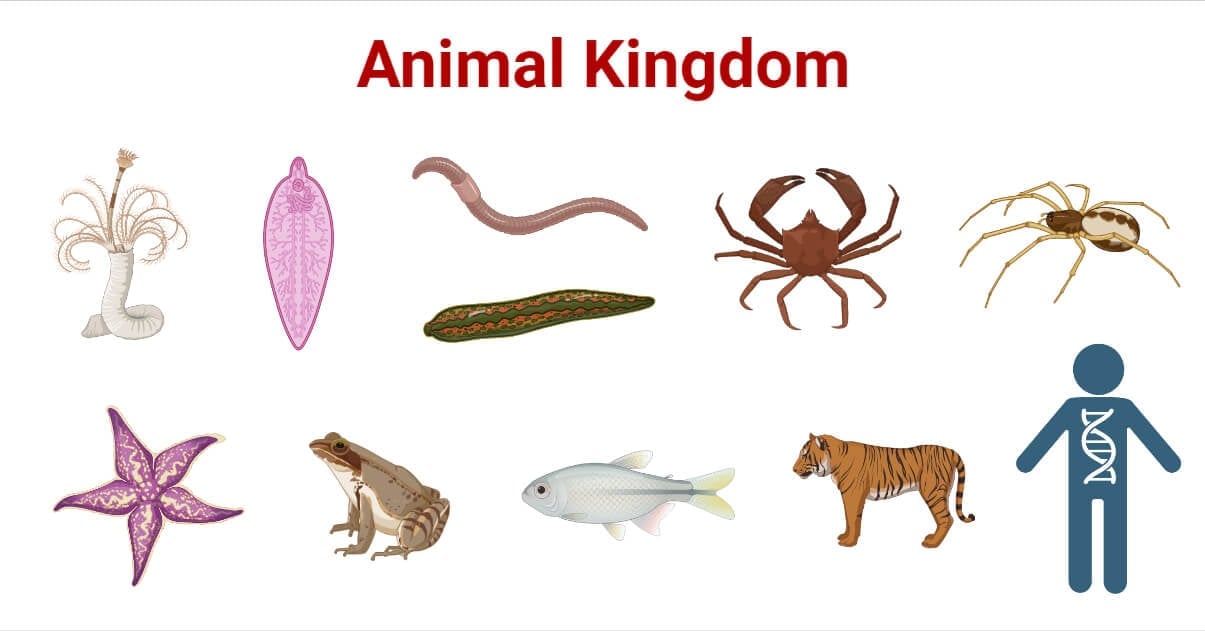





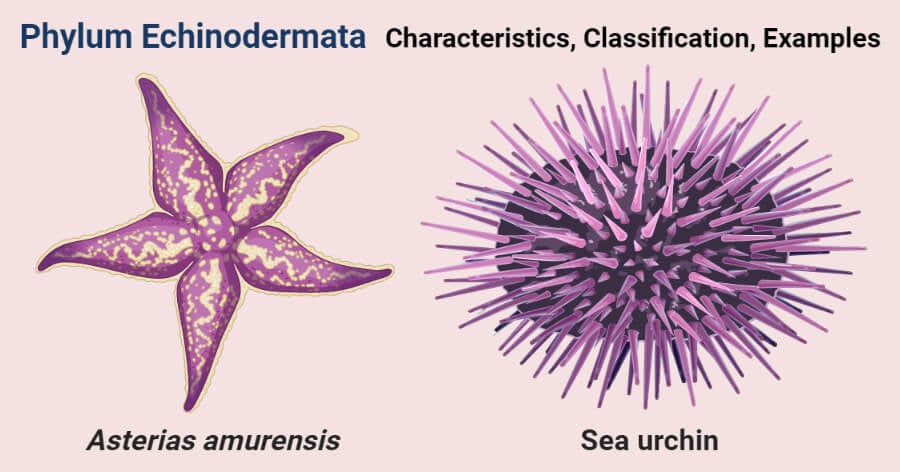
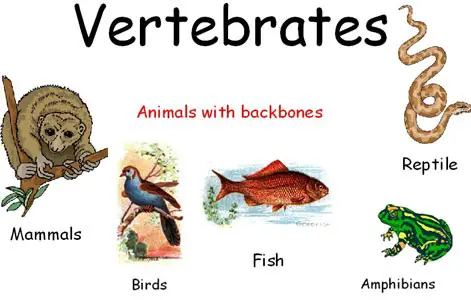
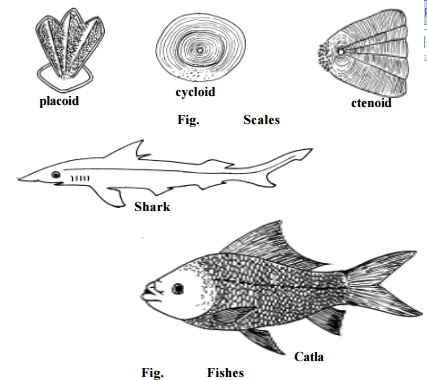
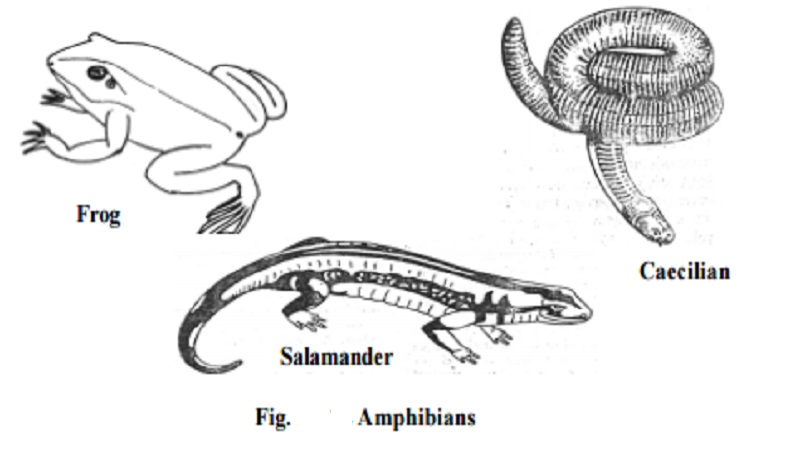
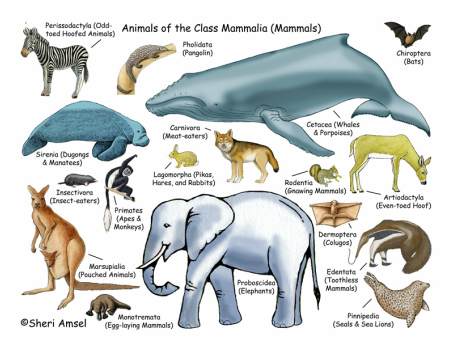
 Login with google
Login with google